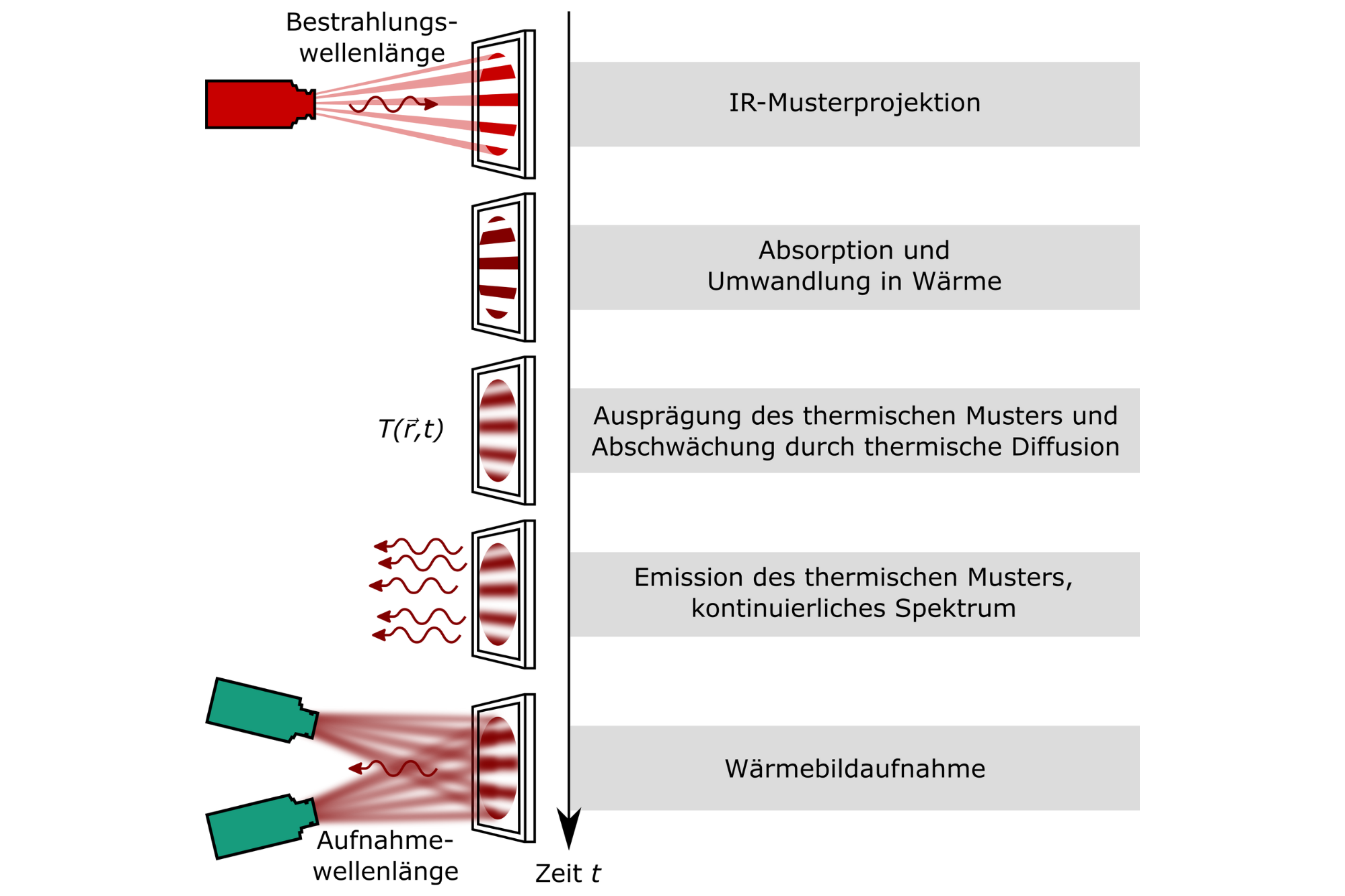Scan the Impossible without Surface Preparation
With 3D sensing in thermal infrared, it is possible to carry out 3D shape recording of objects made of transparent plastic or glass, with reflective or jet black surfaces or even the combination of different materials.
The direct 3D measurement and 3D recording of transparent and translucent objects as well as black and shiny objects is a major challenge for industrial image processing. Surface shape measurement is of great interest, for example, in the quality control of transparent objects made of glass or plastics or in the digitization of valuable works of art and cultural assets. In order to meet the growing demands for unrestricted automation, the position detection of objects with non-cooperative surfaces has been the focus of machine vision development for years. Our team, with more than 30 years of experience in optical metrology, has provided a metrological solution to this challenge that does not require any object preparation with its pioneering development of thermal 3D sensing.

